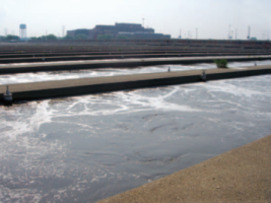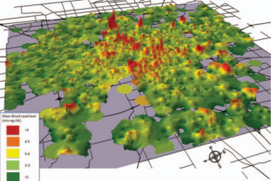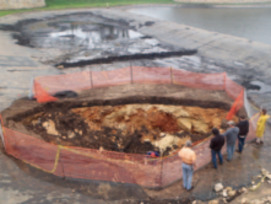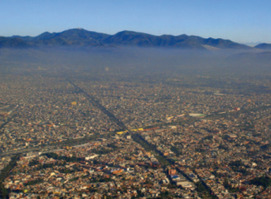Environmental and Medical Geochemistry in Urban Disaster Response and Preparedness
History abounds with accounts of cities that were destroyed or significantly damaged by natural or anthropogenic disasters, such as volcanic eruptions, earthquakes, wildland–urban wildfires, hurricanes, tsunamis, floods, urban firestorms, terrorist attacks, and armed conflicts. Burgeoning megacities place ever more people in the way of harm from future disasters. In addition to the physical damage, casualties, and injuries they cause, sudden urban disasters can also release into the environment large volumes of potentially hazardous materials. Environmental and medical geochemistry investigations help us to (1) understand the sources and environmental behavior of disaster materials, (2) assess potential threats the materials pose to the urban environment and health of urban populations, (3) develop strategies for their cleanup/disposal, and (4) anticipate and mitigate potential environmental and health effects from future urban disasters.
Environmental and Medical Geochemistry in Urban Disaster Response and Preparedness Read More »








